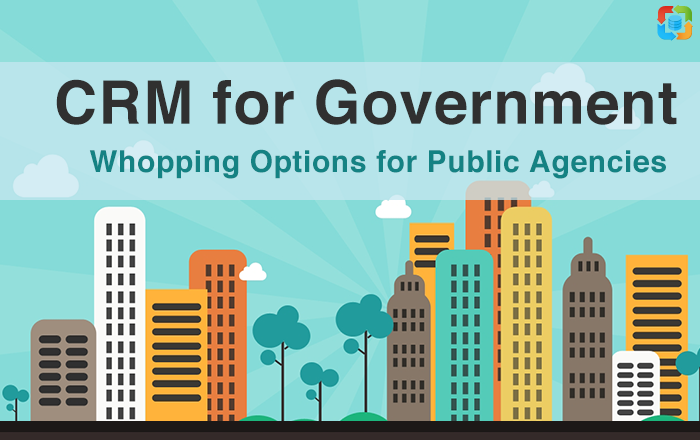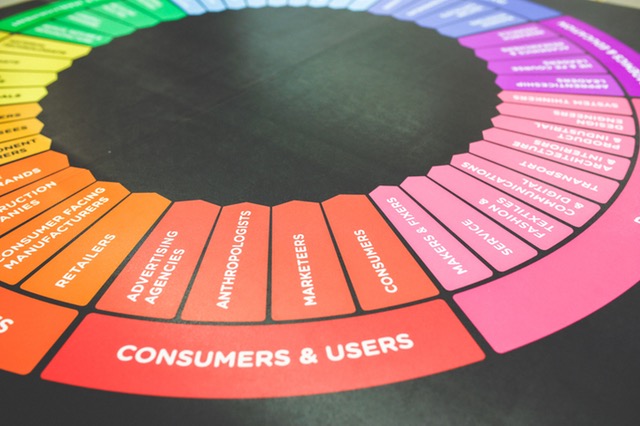It is easier and more convenient than ever to connect with your customers in order to grow your loyal customer database. But with so many tools and resources, it can also get complicated and overwhelming to make those personal connections with your customers.
Social media is a way to connect with your customers if done correctly—creating interesting contents that your customers want to share—but spamming your connections with your product updates, urging them to buy your products, is the quickest way to lose them.
To be able to help you make those better and loyal connections, here are five simple and effective ways to better connect with your customers, while growing your brand and business at the same time.
1) Know Your Customers
The first thing that you need to do to establish a better connection with your customers is to know them on a personal level. This allows you to identify the following information:
- demographics (age, location, gender, hobbies and interests)
- personal wants and needs
- occupation
- income
With these details available, you can strategize your marketing approach and ways to promote your products and services. This can also help you decide whether you need to modify the products you provide as well as the services you offer to your customers.
Google Analytics is one of the best tools to collect data from your customer. Information from Google can help you start a targeted customer database. You can discover what kind of customers you have and what they need from you. These details can also help you with identifying their online habits which can assist you with knowing the proper time to begin marketing your products and promoting them.
Facebook also has some great analytics tools to get to know your customers. If you look at the insights, you can find out all types of information about your audience – down to their interests and hobbies – and you can better connect with them.
Other social media platforms like Twitter and Pinterest have analytics tools, but none of them have caught up to Facebook in terms of usefulness or ability to capture as much customer data as possible.
Aside from these tools, you can also do market research by doing a survey and listening to their feedback in your comment section, and from review sites and online forums. Learn who your customers are by doing an analysis of your collected customer data and segment them accordingly to be able to personalize the connection.
2) Engage on Social Media
With the growth of social media, it is one of the better ways to have a connection with your customers online. Social media have become the essential online tool for customers to search for products and services they need. Tools like Facebook, Twitter, Instagram, and other available resources are avenues for people to engage and for brands to grow their business.
Facebook can be used to build brand awareness and personally connect with customers. You can create a Facebook Page where you can post videos and images explaining your products and inform them the benefits they will get if they avail them from you. You can also check customer complaints and deal with them personally.
Try running competitions on social media where your customers can get a chance to win free services. These can be fun and help you win a ton of extra true fans as well.
Twitter, on the other hand, is a way for customers to post their feedback. Hear what they think personally about your products and engage with them by answering their queries directly. You can also keep your followers up-to-date by sharing news immediately. Twitter can also help you track what your competitors are up to.
If your customers are on Twitter and they post about your company then you better respond – whether it’s good or bad comment!
A great place to market your brand with a simple visual element is Instagram. With currently more than 300 million daily users, Instagram is quickly climbing up the social media hierarchy of best sites to connect with customers. With a simple yet rich media content, it can engage more users with a strategic use of search keywords through using hashtags and also with a good skill on photography. There are several tips on how to have eye catching images to boost your online presence and your social media posts.
3) Start Live Business Events
You shouldn’t just focus all your efforts online. Face-to-face engagements are still very important and can help connect your business to your customers. Register to business expos where you display your products and market them to existing and potential customers. Get to see their response and feedback while they sample your products or test them through demonstrations and exhibits.
If you have a physical store, invite your loyal customers to your launching parties. You can also get to know your leads and engage with them to build partnership. These customers, while they have the chance to visit your store, will share their experience on social media or will spread their thoughts by word of mouth — the cheapest and most effective way of marketing.
Of course, for a live business event, you need to plan first. Choose a venue with good atmosphere and filled with interesting activities. Don’t forget to let your customers get involved. Learn from them first hand, see their reactions personally, and talk to your customers to leave a good impression about your products and your brand.
4) Keep Them Updated
Send them emails, newsletters, or push notifications on their mobile devices for announcements on new product launching, promotions or a new published post on your blog. Keeping your customers in the loop is the easiest way to reach them whether on social media or on traditional media like newspapers and magazines.
Update your social media channels through a tool like Small Business Dreams and send out a newsletter. With the Small Business Dreams app, you can send automated and semi-automated messages to let your customers and leads know what’s going on in your industry or other news. The app prompts you when it’s time to reach out to a customer so you never have to remember and risk forgetting.
You can also utilize social media advertisement services like Facebook Ads to promote the updates on your brand and your products. Never miss to encourage your customers to also share your updates to family members and friends who can possibly be potential customers.
Keeping your customers updated lets them know more about business and how you can bring them values into their lives.
5) Provide Good Customer Service
There is no better way to keep your customers coming back to buy your products and avail your services than to have a good customer service experience. Customer service is a necessity to an emerging customer-based industry. This means attending customer on a timely manner on your social media channels, forum sites and emails whether they have questions, inquiries, or concerns.
Giving your customers a superior customer service is one of the ways to engage and to build a better connection with them. This is also ideal when trying to convince potential customers to get your products and tell other people about how they affected their lives. According to a survey, customers have bailed on a transaction or not made an intended purchase due to bad customer service. Potential customers also check Net Promoters Scores (NPS) to see if a brand and the products and services they provide will make a difference to what they need.
Building the trust with your customers, no matter how strong your social media channels, how huge your customer database or how engaged you are with them on events will be affected by the experience they are getting from you through your customer service. You need to plan out the section of your business to be able to attract new customers and let existing customers stay with you for the better of your brand and your business.
Connect with customers better and reach out to new prospects by visiting our website at www.smallbizdream.com.





